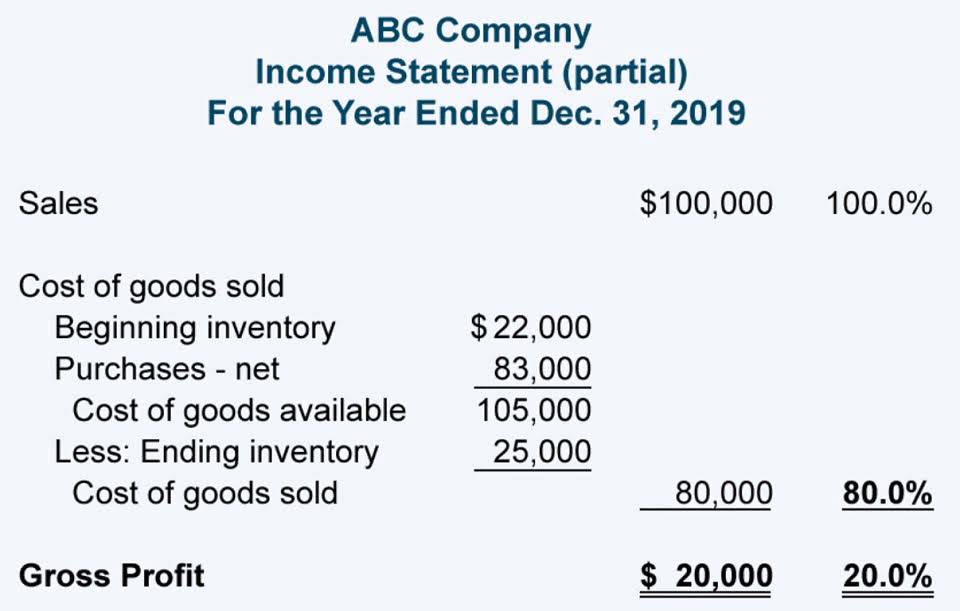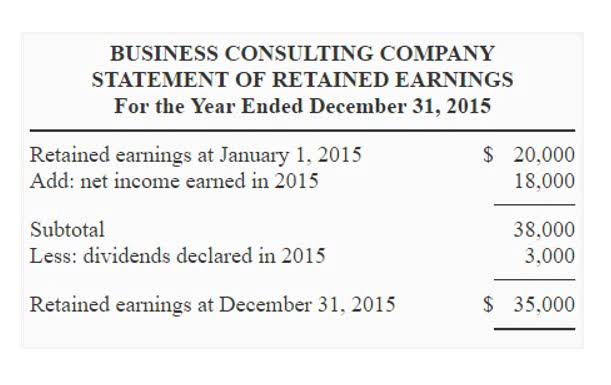The analysis of contingent liabilities, especially when it comes to calculating the estimated amount, is sophisticated and detailed. To make sure a business’s financial reports comply with regulations, a public accounting firm must assess these reports. Disclose the existence of a contingent liability in the notes accompanying the financial statements if the liability is reasonably possible but not probable, or if the liability is probable, but you cannot estimate the amount. “Reasonably possible” means that the chance of the event occurring is more than remote but less than likely. Assume, on the other hand, ABC Company’s settlement amount was likely to be between $1 million and $2 million– but no specific amount within that range is more likely than any other.
Contingent Liabilities Accounting Treatment (U.S. GAAP)
It is difficult to estimate the exact amount of such liabilities as they depend on the type of case and various other external factors. But the company should always try to ensure that the users of the financial statement, namely the management, shareholders, https://www.bookstime.com/ investors, lenders, etc get a clear view of the position of such liability. Therefore, the best possible level of information should be revealed for better understanding. Thus, its existence is confirmed along with the happening of the particular event.
What is a Contingent Liability?
The assessment of contingent liabilities requires a thorough understanding of legal contracts, agreements, and the regulatory environment. Companies must monitor these potential obligations closely, as they can affect cash flow forecasts and strategic planning. A business with high contingent liabilities may be seen as riskier, which could influence its borrowing costs and credit rating. Contingent liabilities are contingent liabilities meaning a critical aspect of financial reporting and analysis, often representing potential financial obligations that hinge on future events. These obligations can have significant implications for an entity’s financial health and the decisions made by investors, creditors, and other stakeholders. It does not know the exact number of vacuums that will be returned under the warranty, so the amount must be estimated.
IFRS Accounting
The company should record the nature of the contingent liability and give an estimate or range of estimates for the potential loss. Prudence is a key accounting concept that makes sure that assets and income are not overstated, and liabilities and expenses are not understated. The recording of contingent liabilities prevents the understating of liabilities and expenses. A contingent liability is a potential liability that may occur in the future, such as pending lawsuits or honoring product warranties. If the liability is likely to occur and the amount can be reasonably estimated, the liability should be recorded in the accounting records of a firm. GAAP accounting rules require probable contingent liabilities—ones that can be estimated and are likely to occur—to be recorded in financial statements.
This information allows investors and creditors to make informed judgments about the company’s future cash flows and financial health. The recognition of contingent liabilities in financial statements adheres to specific accounting standards, such as the International Financial Reporting Standards (IFRS) or Generally Accepted Accounting Principles (GAAP). This probability threshold is typically interpreted as meaning the future event is more likely than not to occur. A contingent liability is a liability that may occur depending on the outcome of an uncertain future event.
- But the company should always try to ensure that the users of the financial statement, namely the management, shareholders, investors, lenders, etc get a clear view of the position of such liability.
- Accountants and financial analysts must consider the nature of the contingency, legal advice on the likelihood of an unfavorable outcome, and any other information that could influence the measurement.
- (b) Past event The obligation needs to have arisen from a past event, rather than simply something which may or may not arise in the future.
- The factor of uncertainty, where the outcome is out of the company’s control for the most part, is one of the core attributes of contingent liabilities.
- Any probable contingency needs to be reflected in the financial statements—no exceptions.
- Consequently, the provision will increase each year until it becomes $20m at the end of the asset’s 25-year useful life.
- Contingent liabilities can pose a threat to the reduction of net profitability and company assets.
The liability may be disclosed in a footnote on the financial statements unless both conditions are not met. Similar to the concept of a contingent liability is the concept of a contingent asset. Like a contingent liability, a contingent asset is simply disclosed rather than a double entry being recorded. Again, a description of the event should be recorded in addition to any potential amount. The key difference is that a contingent asset is only disclosed if there is a probable future inflow, rather than a possible one.
The time value of money If the time value of money is material (generally if the potential outflow is payable in one year or more), the provision should be discounted to present value initially. Subsequently, the discount on this provision would be unwound over time, to record the provision at the actual amount payable. The unwinding of this discount would be recorded in the statement of profit or loss as a finance cost.







